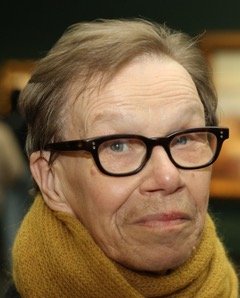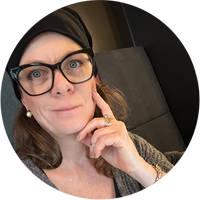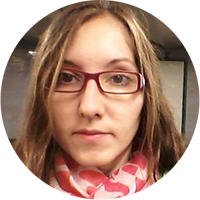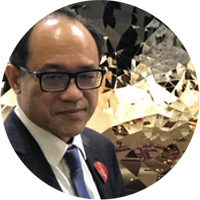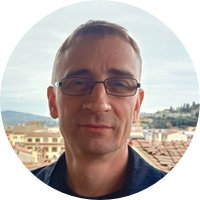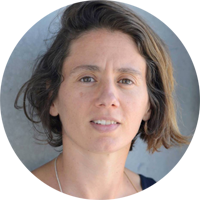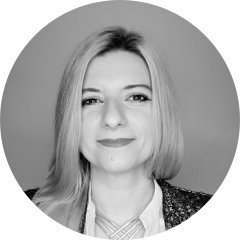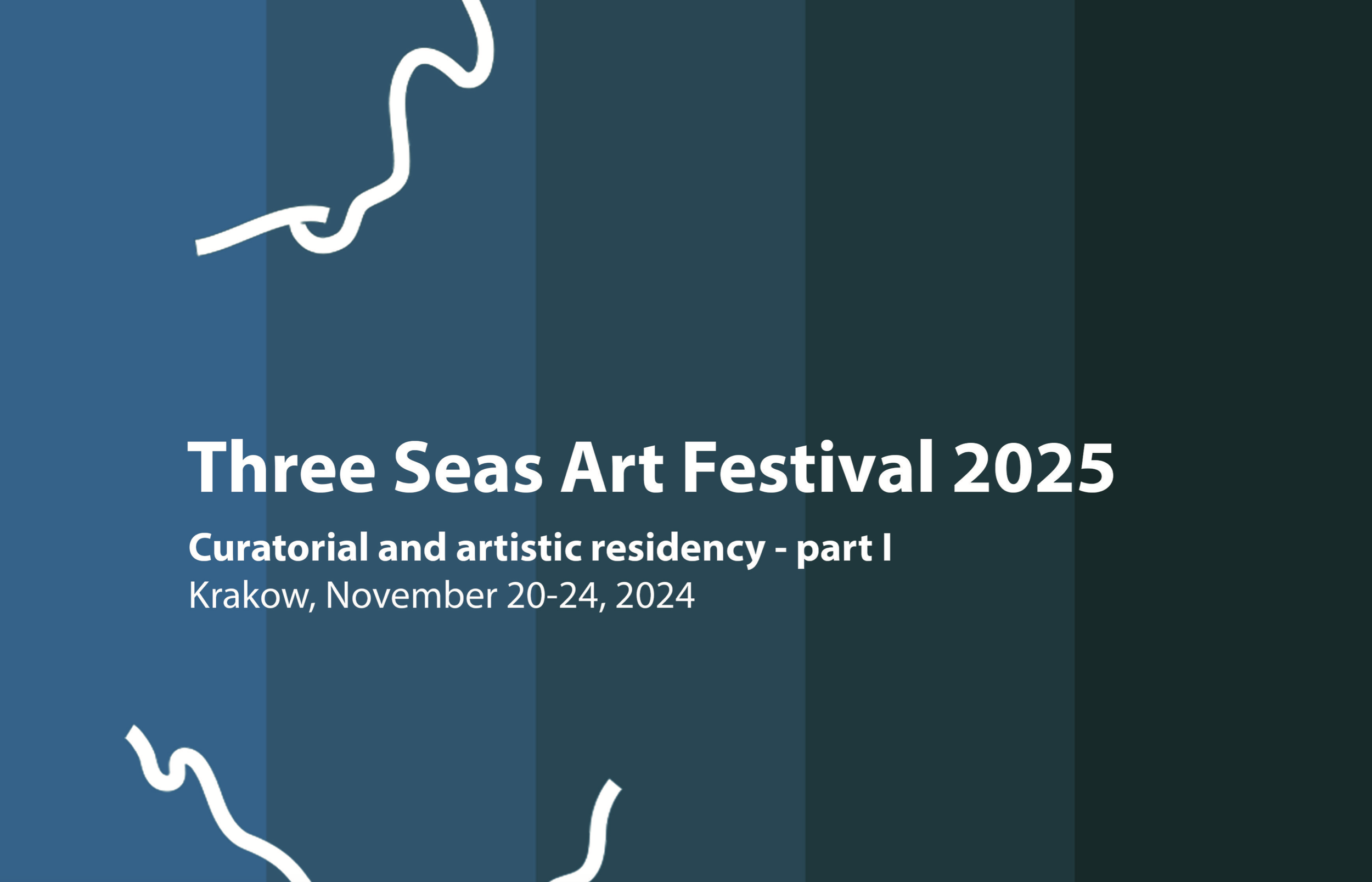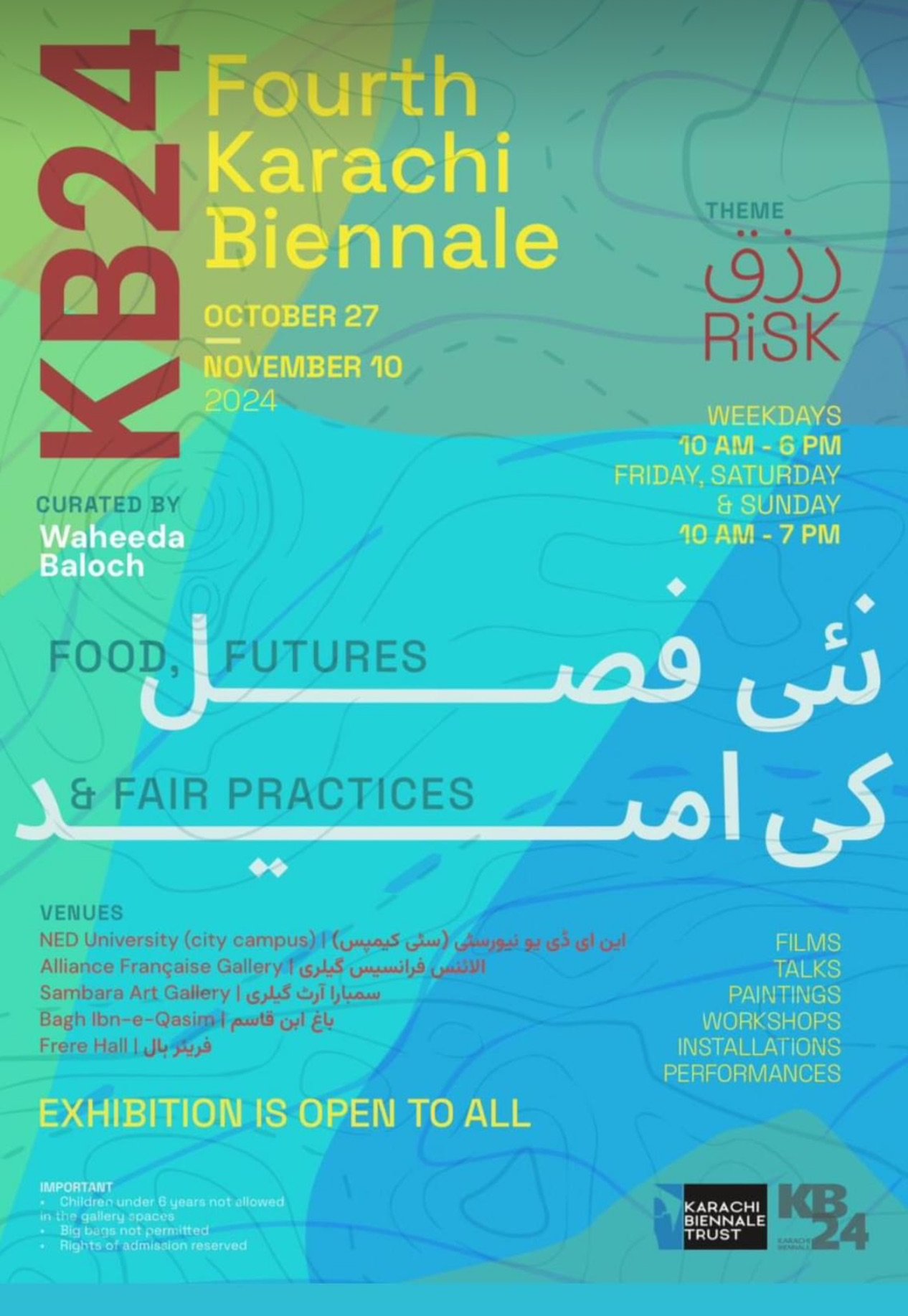All the artists featured in the book are women. That has been my starting point, even though I think that being female is not a homogenous trait, and I don't see being female as such as a unifying factor for these artists. Each has their own perspective in their work. Still, the thread running through the book is my view that women are finally, after countless years dominated by male artists, now part of the mainstream of Finnish art.
Marja-Terttu Kivirinta: Yhdeksän taiteilijaa, 2007
Critic and art historian Marja-Terttu Kivirinta died on 14 November 2024 after a long illness. As a highly influential person in the Finnish field of art, she left behind an irreplaceable empty space, but also a huge body of work on both Finnish and foreign art. I am writing this obituary as a close friend and a long-time colleague of Marja-Terttu. We worked together in the cultural department of Helsingin Sanomat from 1985-90. Together with Marja-Terttu and Ilppo Pohjola we also produced a book that traced the changes in the Finnish art scene in the 1980s, Koko hajanainen kuva (WSOY, 1991), and together with Marja-Terttu we curated the exhibition of male artists (Un)natural (2009) at Kiasma, which was accompanied by an exhibition book. Our friendship lasted until the end. Our "salon" in recent years also included artists Hannele Rantala and Kari Soinio.
Marja-Terttu started her 27-year career as a cultural journalist at Helsingin Sanomat in 1981. She had already worked as a freelance critic since 1976 and continued to assist Helsingin Sanomat even after her retirement. Her career coincided with decades of many changes and upheavals in the Finnish art scene. The 1980s marked a strong a move into the post-modernist era, an increase in the importance of painting, but also the emergence of new art forms – installations, performance art, video and photography – alongside the traditional painting-sculpture-graphics triad. Marja-Terttu was following, and as a writer was also building on, these phenomena, both domestic and international.
As the recession of the 1990s receded, the gender balance in the field of art continued a process of change that had already begun in the previous decade. As Marja-Terttu noted in her bookNine Artists, quoted above, after countless ‘man-years’, decades and centuries, women’s art was finally being given space in the mainstream. Marja-Terttu was one of the major contributors to this space, and she herself was not spared male criticism. However, her position in the field of Finnish art criticism was unquestionable, and in 2000 she was awarded the E.J. Vehmas Prize for her merits as a critic. She was an honorary member of SARV, a board member and one of the vice-presidents of the International Critics' Association AICA.
The artist goes their own way. So does the art critic. Each of them has their own language. My language is written Finnish. My attitude to art and history is critical.
Marja-Terttu Kivirinta: "The absurdities of life in art that brings us close to people", 2022
Marja-Terttu was a writer. She was a critic at heart, but she was also a vigilant reporter of art phenomena, closely following contemporary art in Finland and abroad. She reported on the many Venice Biennales and Kassel Documentas, Stockholm and Paris exhibitions for her Finnish readers. Paris was a second hometown for the Francophile Marja-Terttu. She spent time there whenever possible and practised her French diligently for decades.
Marja-Terttu was a critic who listened to the artists and was willing to engage in dialogue with them. She also wrote for many artists’ books and exhibition catalogues, examples include Catarina Ryöppy, Mari Rantanen and Marja Kolu. In the 2000s, a return to the field of research became very important for Marja-Terttu. In her 2014 doctoral thesis "Fighting foreign influences: Helene Schjerfbeck and Juho Rissanen: gender, class and the construction of Finnish art in the 1910s and 20s", she took a close look at both the art history of the early 20th century and current research debates. She was on the editorial board of the book series Pinx, maalaustaide Suomessa (2001-03) and was also involved in the ongoing extensive book project on Finnish art history FiKon - Nya perspektiv på Finlands konsthistoria (New perspectives on Finnish art history), which is being conducted from Åbo Akademi. His last book, Kriitikon katse (2023), brought together essays, exhibition reviews and research articles.
Marja-Terttu fought her illness by following as much culture as possible. Her interest was not limited to the visual arts, but she was also often seen at concerts and the theatre. She also tirelessly reported everything she saw and heard on social media. Experiencing art brought her hope to the end. To illustrate this, I give her the last words she wrote about Maaria Wirkkala's art in her book Yhdeksän taiteilijaa (Nine Artists):
The wall first appears sombre and absolute, but after standing in front of it for a while, it becomes infinite, like space. From the pitch-black darkness of the wall, a ladder made of glass rises from the floor (Yhdeksän taiteilijaa, 2007).
My warmest condolences to Marja-Tertu's daughter Karoliina and grandson Nyyti.
Leena-Maija Rossi
Sources:
Kivirinta, Marja-Terttu (2007) Yhdeksän taiteilijaa, WSOY.
Kivirinta, Marja-Terttu (2022) "The absurdities of life in art that brings you close to people." In Marja Kolu: Rethinking Material, 89-94.
Kivirinta, Marja-Terttu (2023) The Eye of the Critic. The many faces of melancholy. Parvs.
Marja-Terttu Kivirinta was an active member of the International Association of Art Critics (AICA). She was member of the Board and served as Vice President (2022-2024) and chair of the Electoral & Membership Committee (2017-2023).

